From Concept to Creation – Expert Product Design Tailored for You!
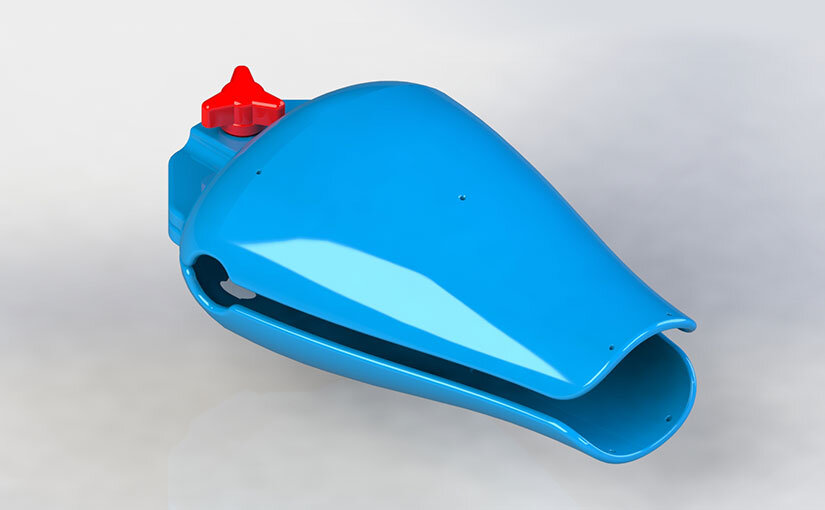
Uterus Clamp
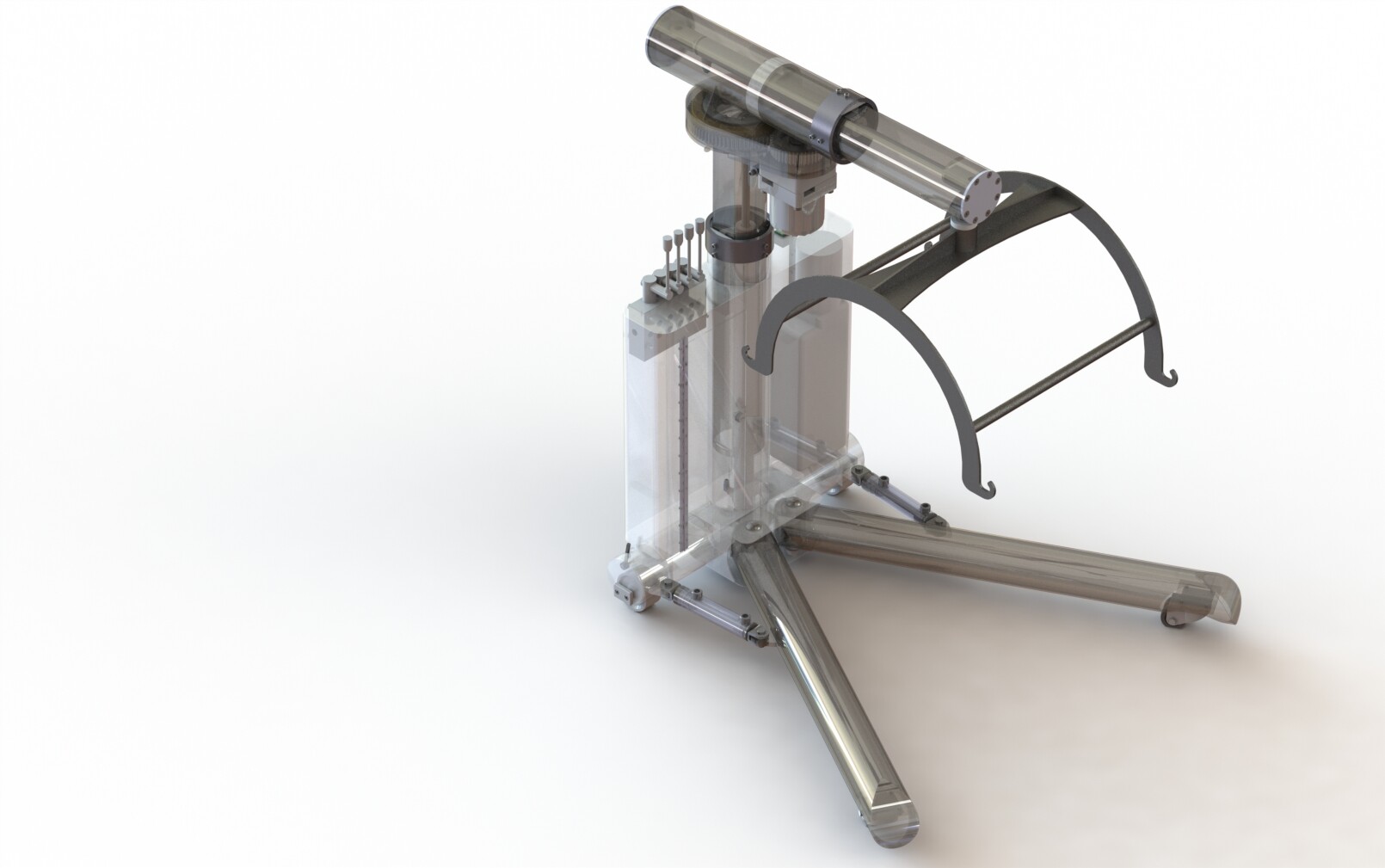
Patient Lifting Crane
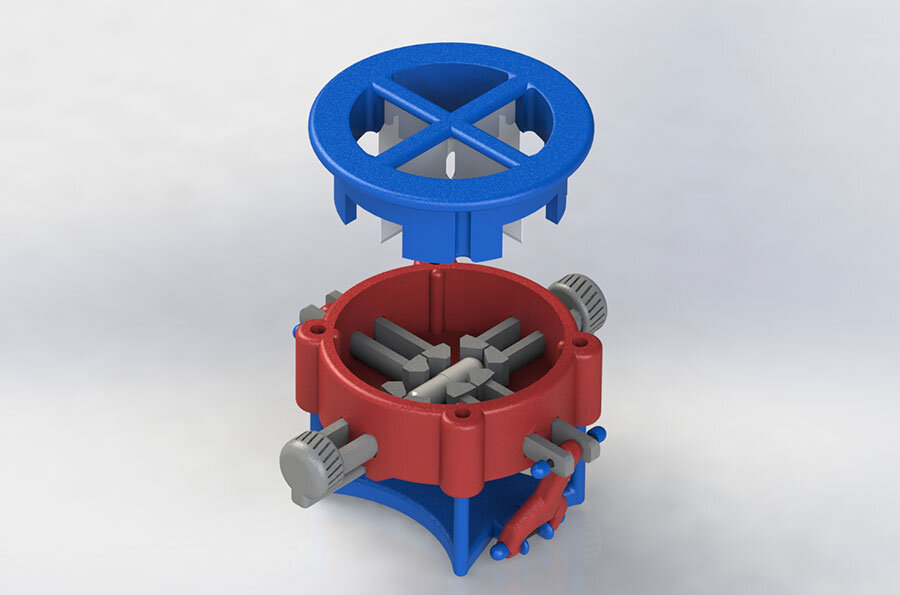
Pill Splitter
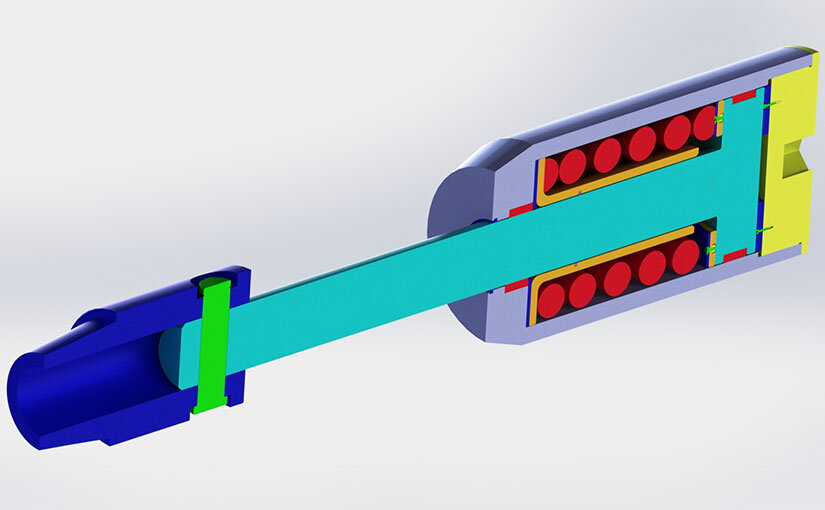
Lift Shock Sub
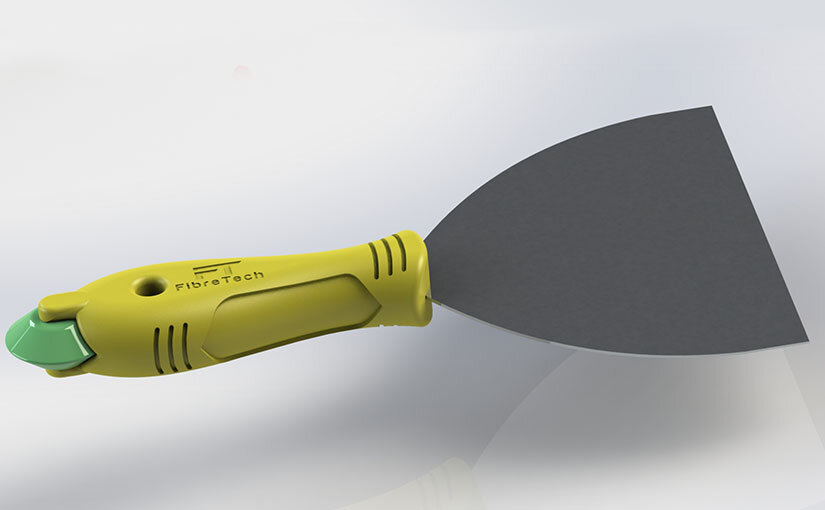
Putty Knife
Tracking Device
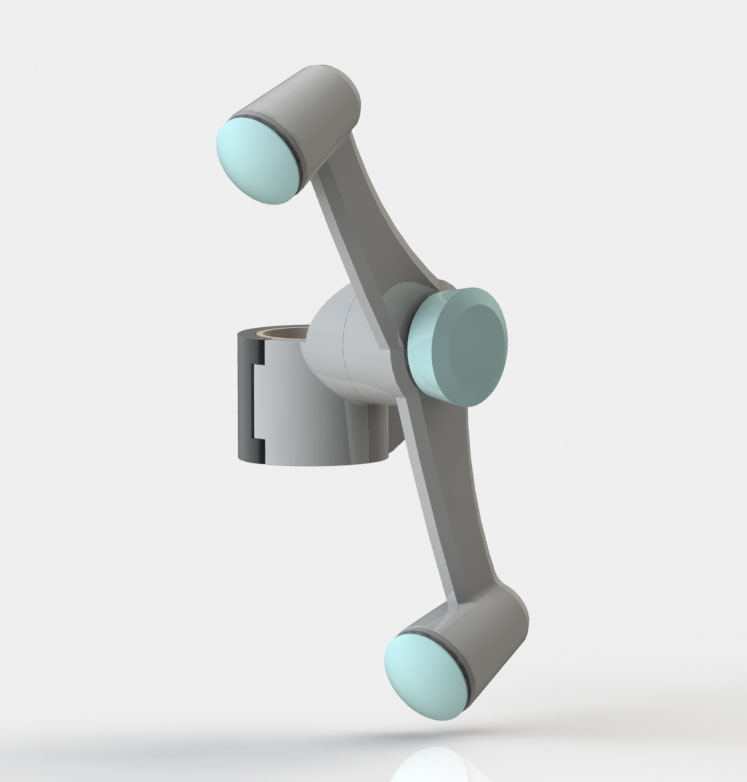
Adjustable Shield Bracket
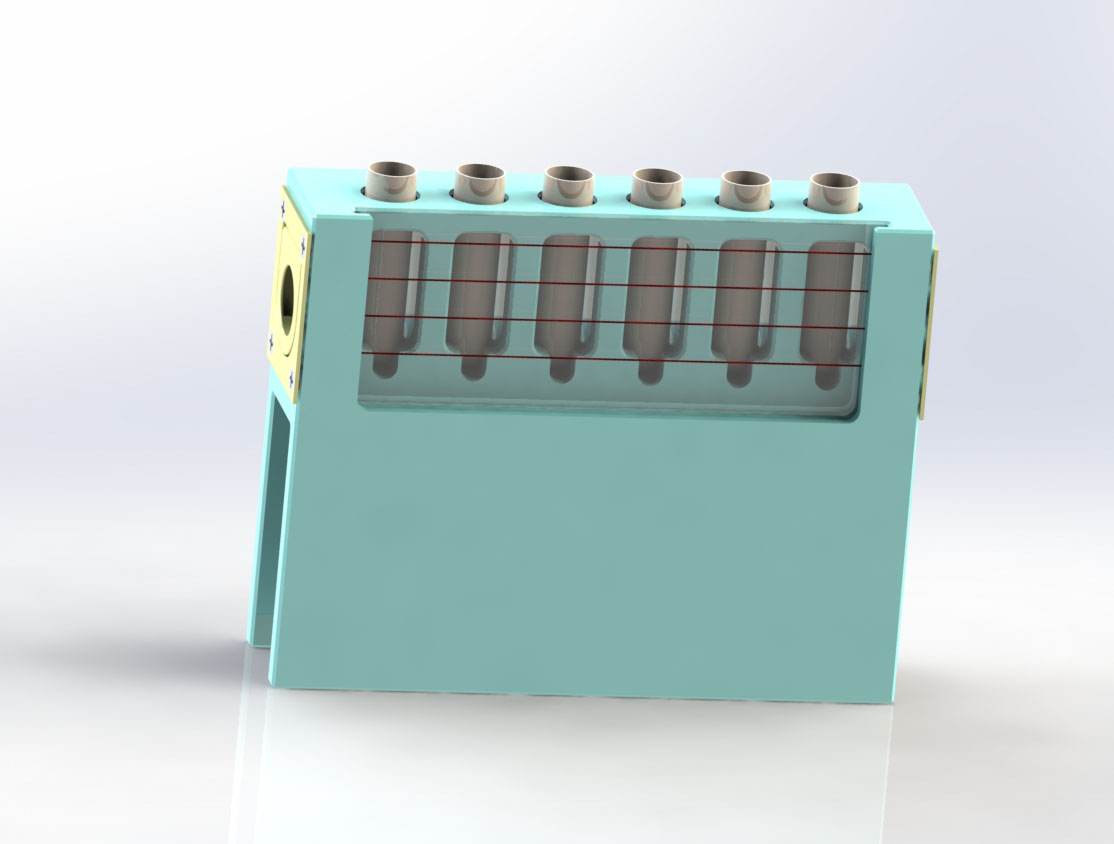
Tubes Chiller
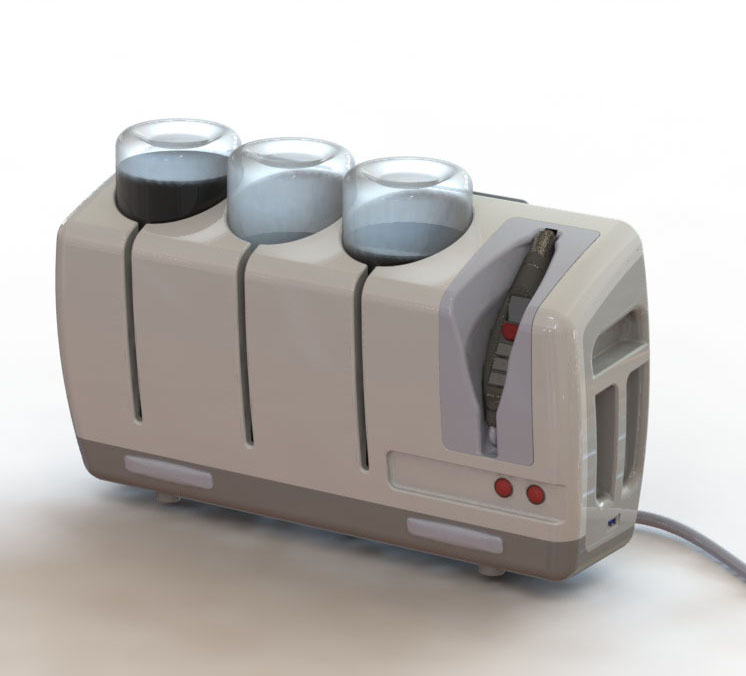
Solution Dispenser
See Our Product Design Portfolio – Where Innovation Meets Craftsmanship!
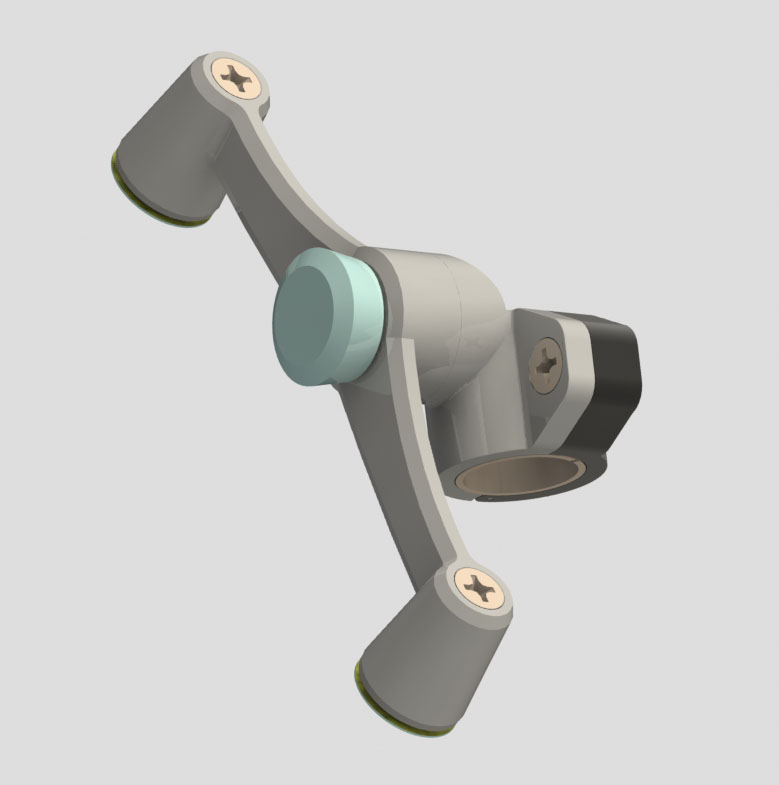
A One Stop Product Design Company
We can Help with:
- New Concept Generation
- All Designing & Engineering Needed
- All Documents Needed for Manufacturing
- Evaluating an Existing Product
- Optimizing & Prototyping

See Our Product Design Portfolio – Where Innovation Meets Craftsmanship!
Why To Consider Imaginationeering:
- A full-service, new product development Company
- Offer product design services for a diverse range of industries
- Functional prototype of your new product as one of the Deliverables
- Friendly Team to work With
Customers










Testimonials
We’re Here to Help
Our team of experienced engineers can assist you at any step of your process.


